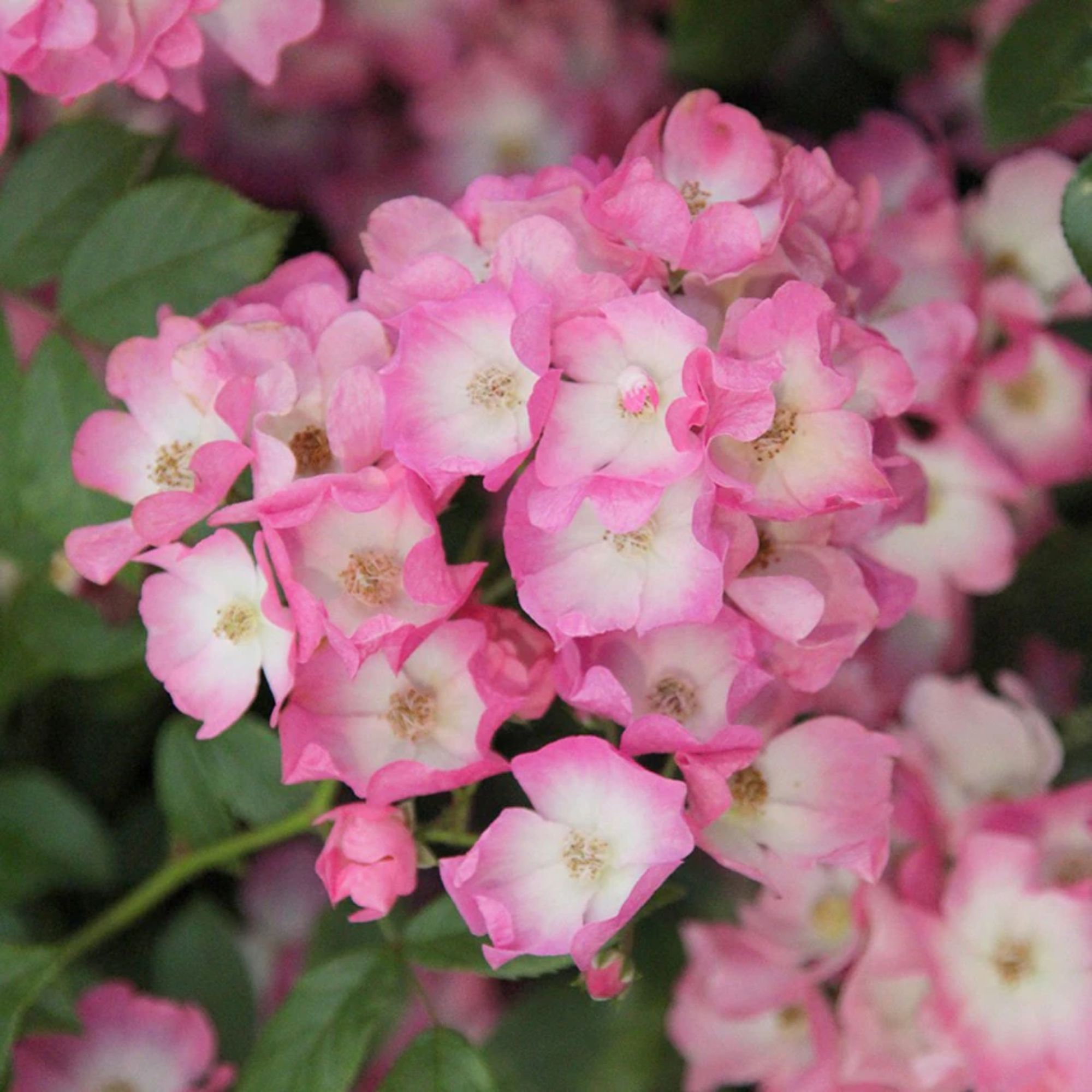How to grow perfect roses – the founder of Grace Rose Farm shares her 5 secrets to beautiful blooms
If you want to learn how to grow roses like a pro (and perfect roses at that), look this way...


F. Scott Fitzgerald famously said that beauty means the scent of roses – so it makes sense that so many people want to learn how to grow roses and fill their gardens with these romantic flowers.
From learning how to plant roses to sussing out how to grow roses from cuttings, there's a magic – almost an alchemy – to helping these blooms thrive.
Here's the thing, though: magic doesn't have to be tricky, especially when you have some expert tricks and tips up your sleeve. To that end, then, here's how to grow roses like an absolute pro.
How to grow roses
Whether you’re planting roses in the ground, in raised beds, or in containers, there are countless ways to grow roses – which means that you can absolutely make them work in your outdoor space, no matter how big or small it may be.
In fact, even those with a shady or north-facing garden can make all of their rose garden dreams come true – so long as they spend a little time choosing the perfect variety.
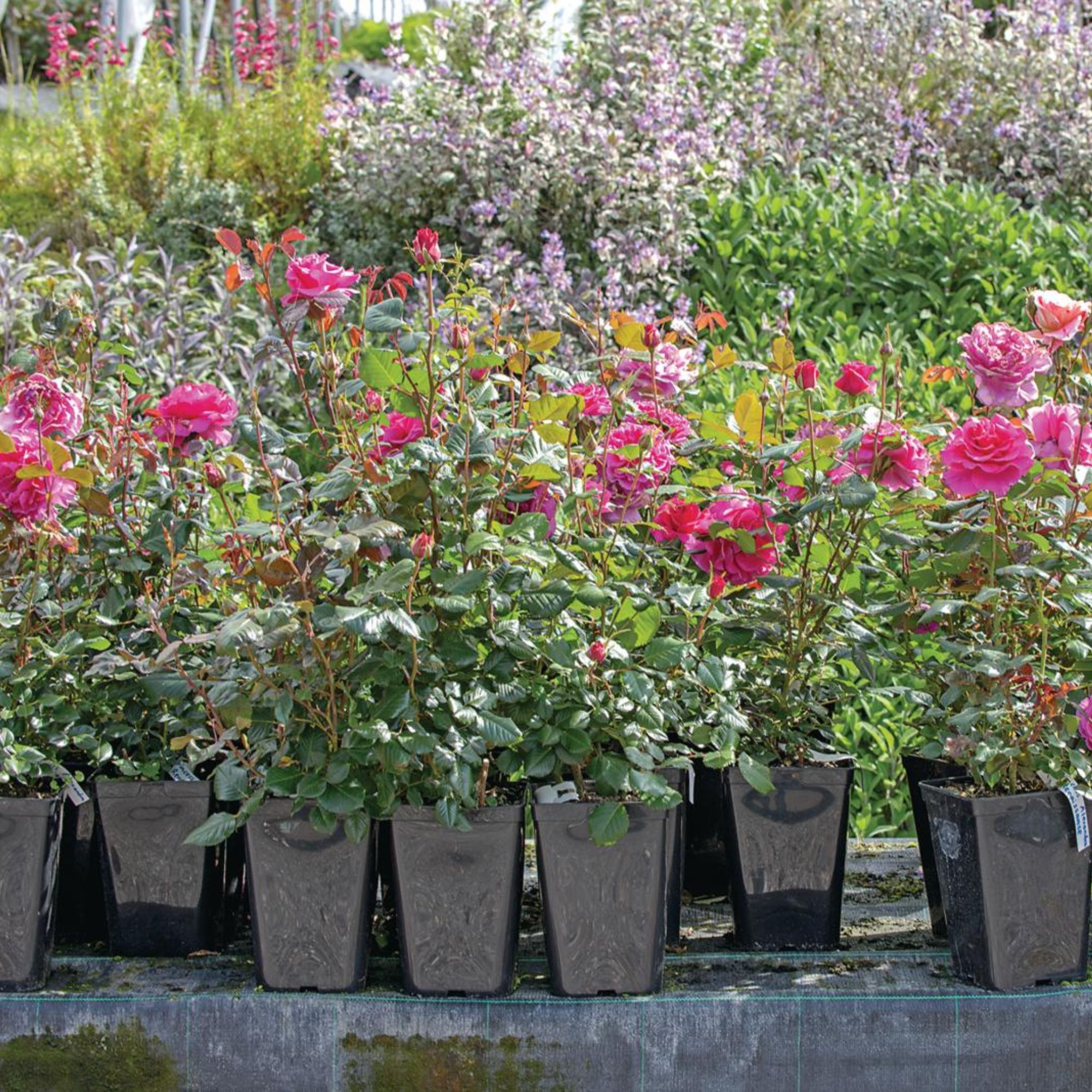
'If you're looking for an option that does well in a shady garden – not to mention grows well in pots – then you need to try the ‘Ballerina’ rose variety,' says Gracie Poulson, founder of Grace Rose Farm and author of Garden Roses (Artisan Books).
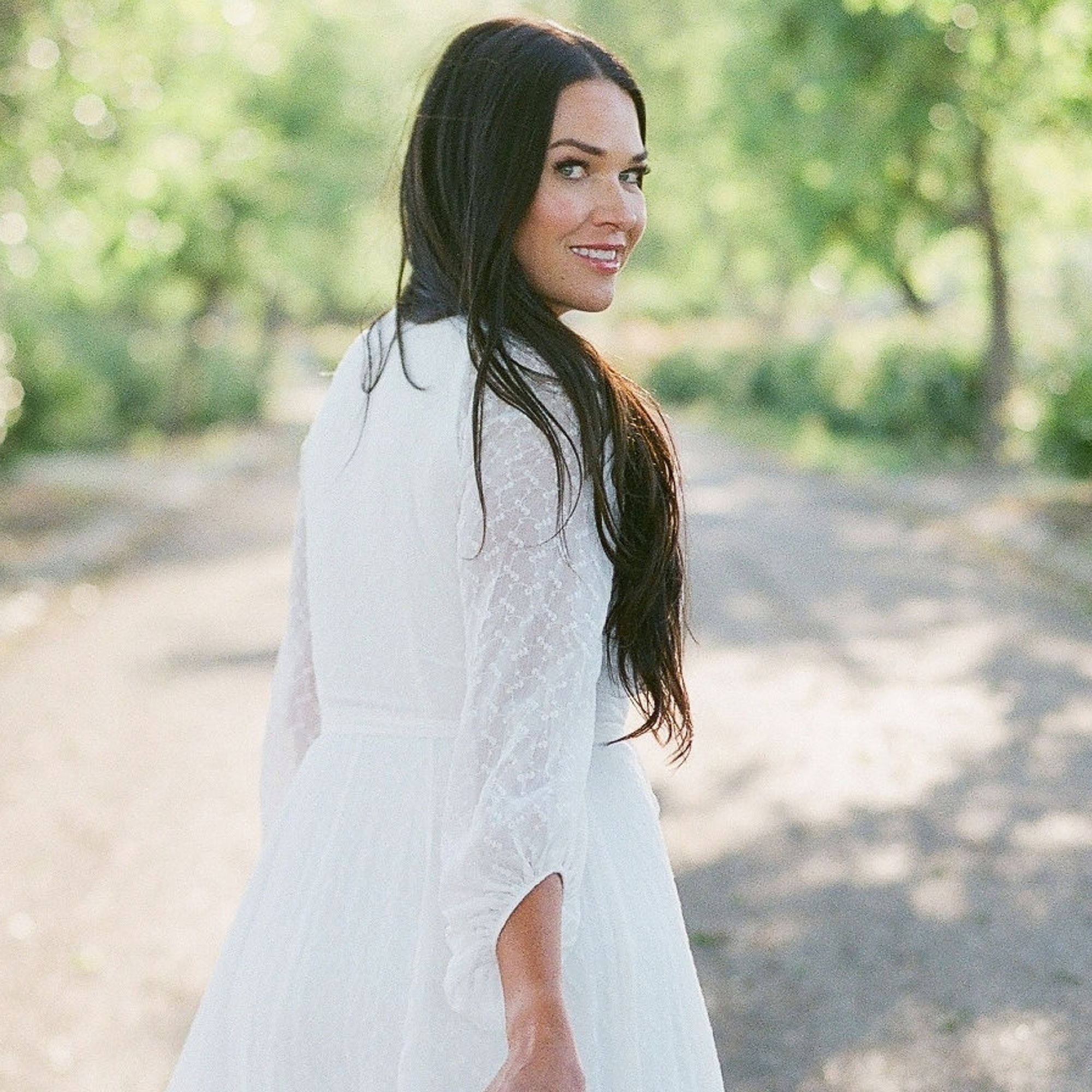
With almost 200K followers on Instagram, Gracie Paulson – aka @gracerosefarm – is the expert when it comes to all things rosy. The entrepreneur and garden rose pioneer makes her foray into the literary world with her new book, Garden Roses: The Complete Guide to Growing and Arranging Spectacular Blooms.
'They are a unique hybrid of musk and shrub that grow in clusters and are known to have quite the tolerance to shade compared to other varieties,' she adds.
Sign up to our newsletter for style and decor inspiration, house makeovers, project advice and more.
Of course, there's a lot more to growing the perfect rose than choosing the ideal variety (although that is, undeniably, a huge help).
To help you on your way, Gracie has shared her incredible breadth of wisdom to growing the sort of roses that really would, by any other name, still smell as sweet.
1. Choose the perfect location
Location is everything when it comes to growing beautiful roses.
'Where you choose to grow your roses is crucial,' says Gracie, noting that roses thrive in 6-8 hours of direct sunlight.
'Sun is key!' she adds, so be sure to find a warm spot for your blooming sunseeker. And be sure to avoid very exposed, windy sites, too, to avoid your pride and joy falling foul to a blustery day.
2. Make friends with alfalfa
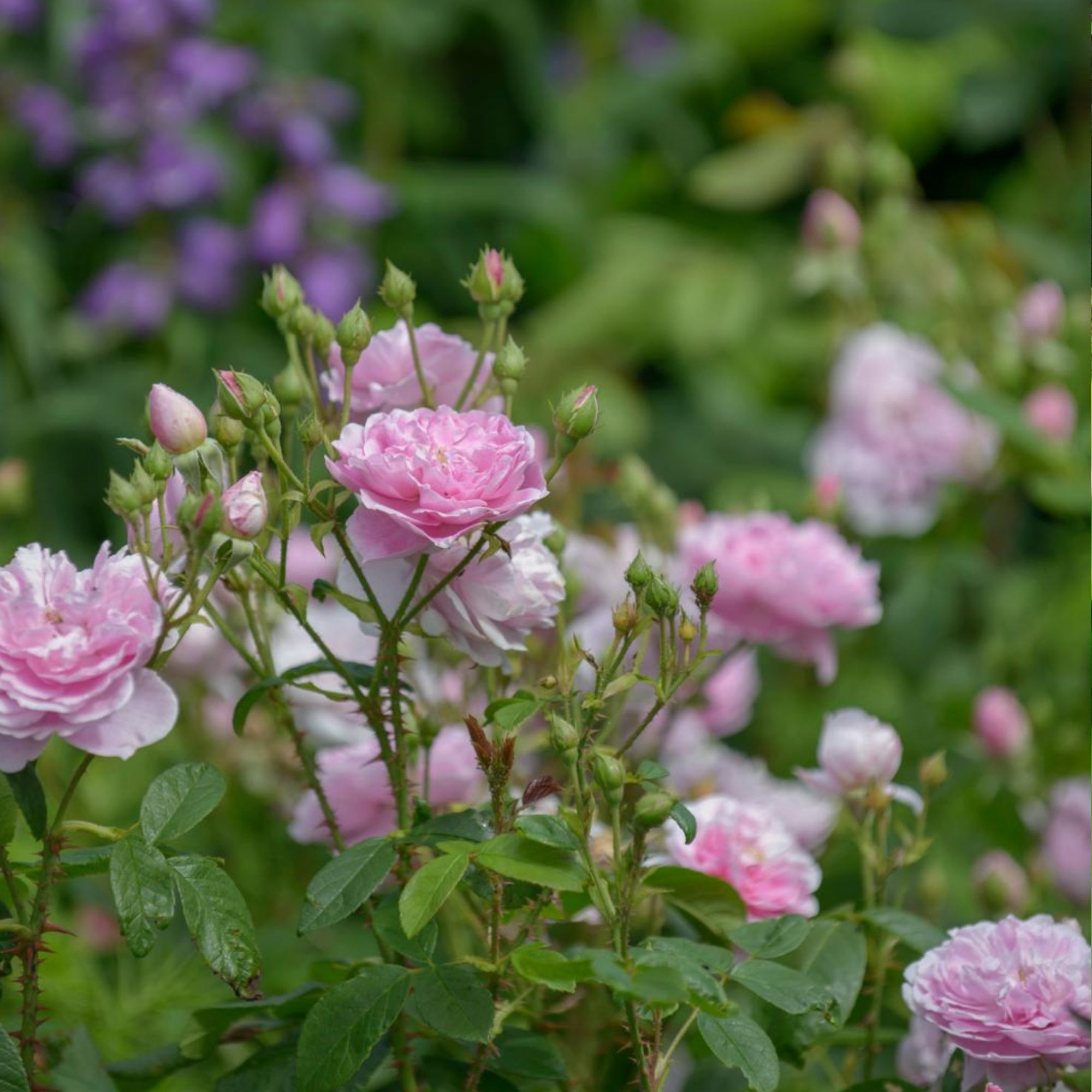
You've likely heard that there is an unusual way to grow rose cuttings in potatoes, but Gracie insists there's a far better companion for your flowers: alfalfa!
'Our secret ingredient at Grace Rose Farm is alfalfa,' she says, explaining that she and her growers use it every single time they plant a rose.
'Alfalfa is widely recognised in gardening circles for its exceptional natural properties, known to stimulate growth and provide essential nutrients for the optimal health of your roses,' she continues.
After planting your rose, Gracie advises you generously sprinkle one cup of alfalfa meal or alfalfa pellets from Amazon around the base.
'Ensure you water thoroughly afterward, applying sufficient water to break down the pellets,' she adds.
3. Give them plenty to drink
Forget everything you thought you knew about garden watering mistakes: it seems the biggest one you can make when learning how to grow roses is not using enough H2O.
'Consistent watering and feeding are essential, as roses are not low maintenance plants,' says Gracie.
'To ensure the beauty of your roses, it is necessary to water them with at least a gallon of water daily during the initial week or two, adjusting based on the local temperature.'
4. Don't forget to deadhead
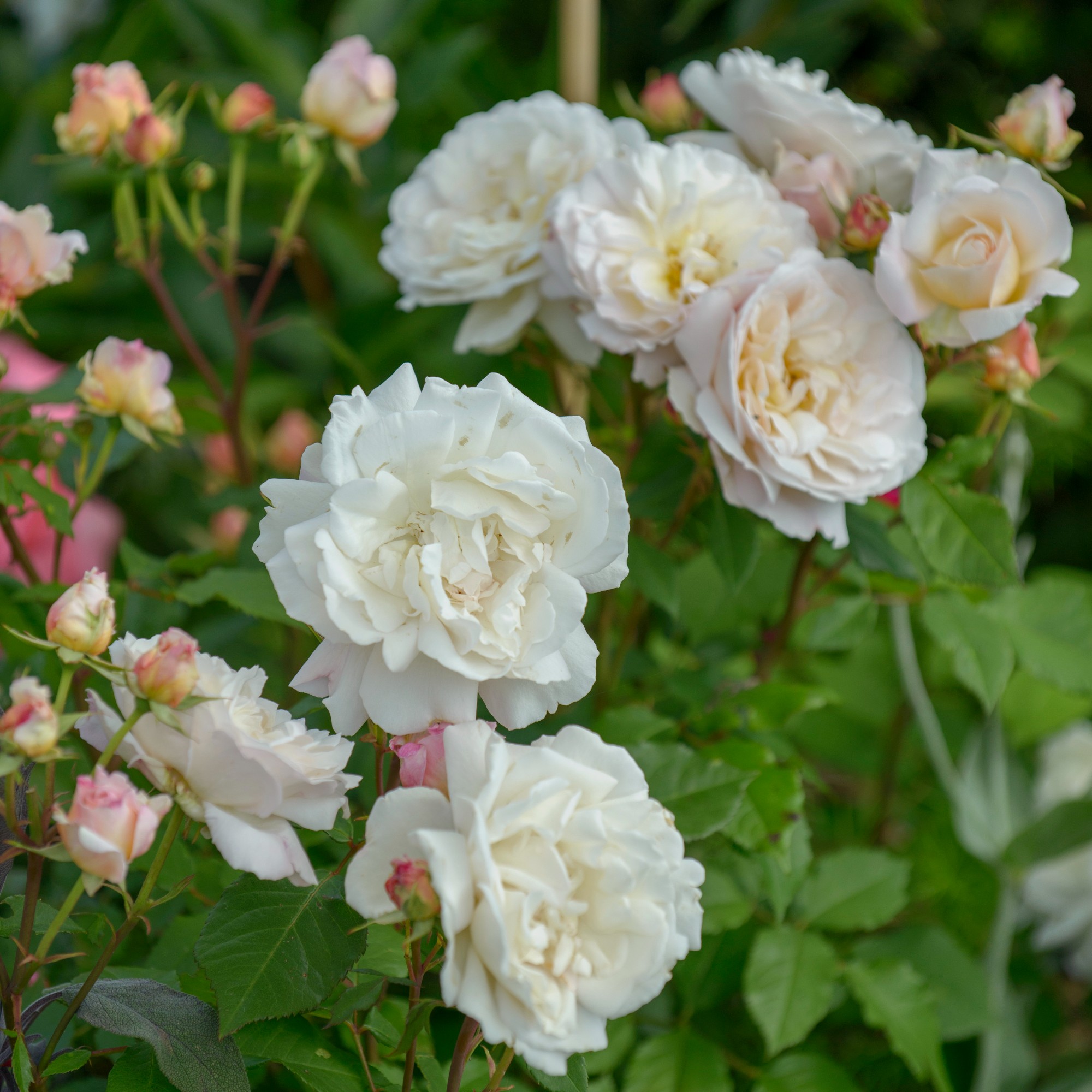
One of the biggest deadheading mistakes to avoid is, obviously, not deadheading at all – especially if you want to learn how to grow perfect roses.
'You need to make it a routine to remove spent blooms from your roses after flowering,' says Gracie.
'Deadheading communicates to the rose to generate more blooms. Providing the rose with a nourishing organic feed during deadheading ensures the emergence of new blooms shortly afterward.'
So, make sure you learn how to deadhead roses to keep your plants blooming for longer.
5. Timing is everything
It's not enough to know how to prune roses: the secret to beautiful blooms is all in knowing when to plant roses, too.
'Making sure you are planting your rose bushes within your location’s distinct hardiness zone will ensure your roses have the best chance to flourish,' says Gracie.
While most roses (save for bare root varieties) can be planted out all year round, the Royal Horticultural Society says that you must 'always avoid planting roses when the ground is frozen or waterlogged, or during drought conditions'.
FAQs
How to plant roses for beginners?
Roses aren't necessarily difficult to grow, but they do need a fair bit of TLC to get them looking their best. Plant them somewhere that's well sheltered and that will receive six to eight hours of sunlight daily, in well-drained soil that is rich in organic matter.
Be sure, too, to keep up a regular feeding and watering schedule – and don't forget to deadhead and prune them, too!
How do you keep roses from getting leggy?
'Leggy roses can easily be avoided by going through the pruning process when the roses are dormant,' says Gracie.
'There really is no right or wrong way to prune and how much you choose to prune is up to your discretion. A helpful tip to start out is cutting off all the top growth from the plants before getting into pruning.'
The best time to grab your pruning shears is in late winter or early spring, around the time new growth begins.
Which rose is easy to grow?
As mentioned already, the 'Ballerina' rose variety is one of the easiest to grow, thanks to its tolerance for partially shady conditions and ability to thrive in pots or containers.
If you want something truly striking, though, Gracie advises you pay attention to the bigger and blousier bloomers out there.
'I adore all the roses we grow, but I especially love David Austin’s 'Evelyn', 'Jubilee Celebration', and 'Tranquility,' she says.
'Additionally, Star Roses’ 'Princess Charlene of Monaco' and Francis Meilland hold a special place in my heart. All of these varieties are gorgeous, great bloomers, and very fragrant!'
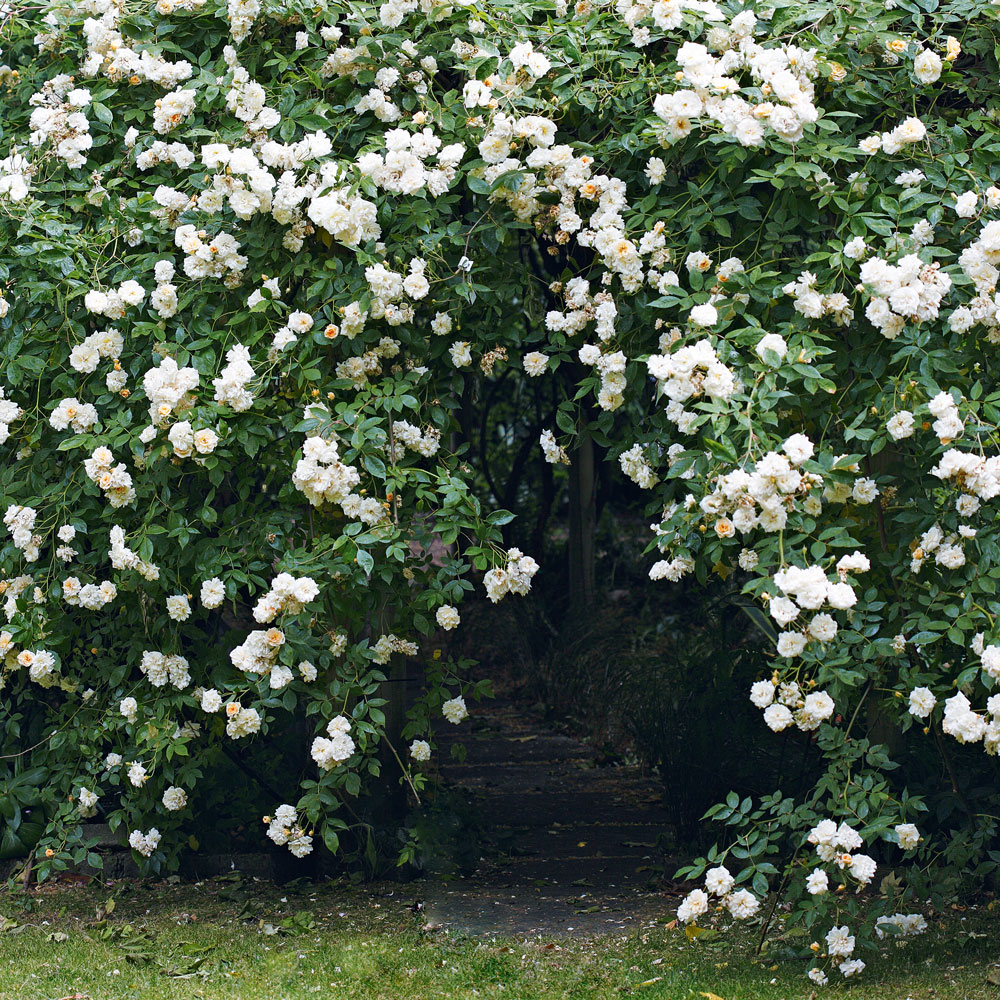
And just like that, the mystery around how to grow roses (and perfect roses at that!) has faded into the ether. We'll be filling our garden borders with sweet-smelling flowers ahead of the summer, thanks to the tips listed above.
Will you be joining us?

Kayleigh Dray became Ideal Home’s Acting Content Editor in the spring of 2023, and is very excited to get to work. She joins the team after a decade-long career working as a journalist and editor across a number of leading lifestyle brands, both in-house and as a freelancer.
